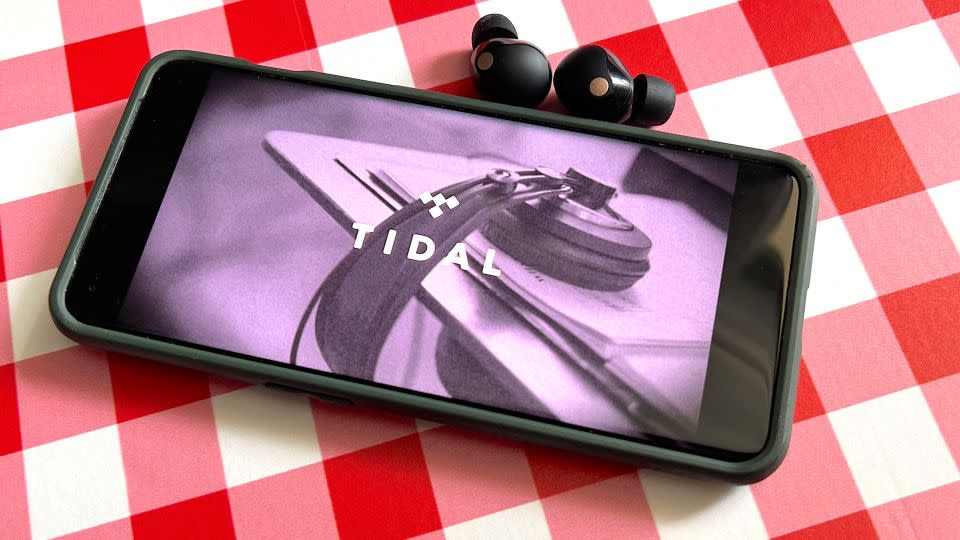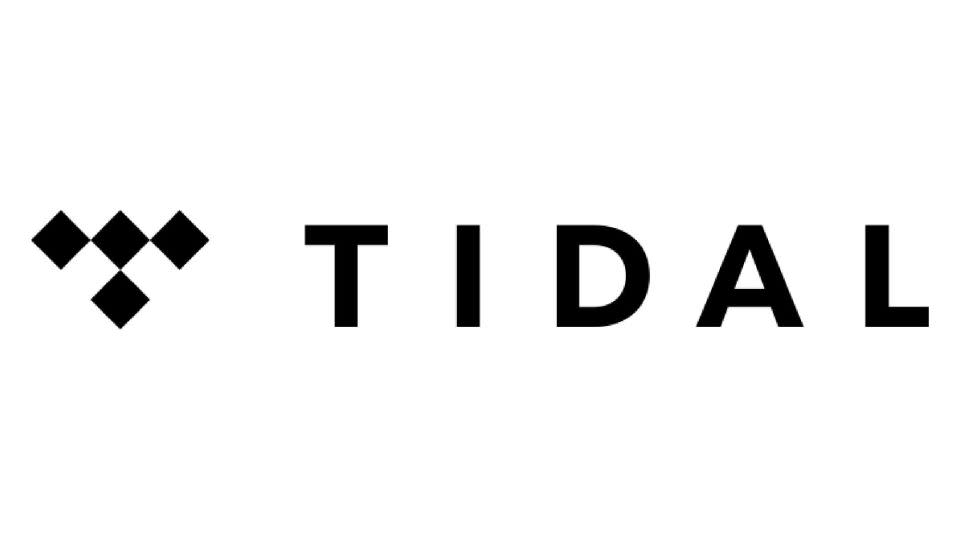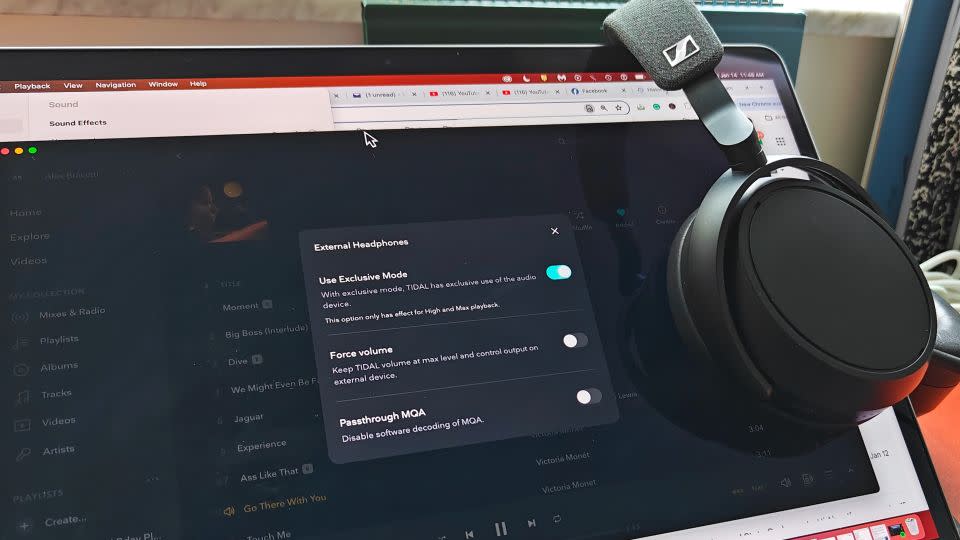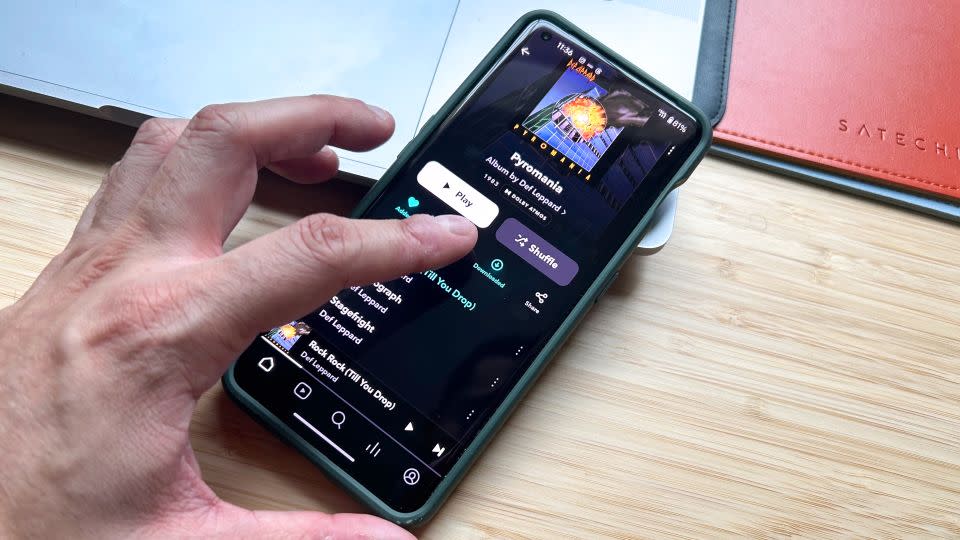5 reasons you should use Tidal over Spotify and Apple Music
Content is created by CNN Underscored’s team of editors who work independently from the CNN newsroom. When you buy through links on our site, CNN and its syndication partners may earn a commission. Learn more

Apple Music, Spotify and Tidal are our top three picks for the best music streaming services. Each platform operates similarly, providing access to millions of songs playable across multiple electronic devices, including the iPhone/iPad, Mac/MacBook, Android phones and Windows machines. They’re also different in many ways.
Spotify has better third-party support and the largest user base, while Apple Music offers excellent iOS/macOS integration and a wider music library. However, neither delivers the listening experience that Tidal does. Advanced features and compatibility with the most innovative audio formats give the platform a serious advantage in the sound department. The company’s artist-centric positioning has also earned it high praise from the industry’s top acts, which has paved the way for content exclusives (e.g., album releases, videos) and label partnerships.
Tidal has the priciest subscription tiers, but if your budget allows for the HiFi ($10) or HiFi Plus ($20) monthly plan, you’ll see why The Carters’ favorite streaming service is a must for music nerds.
Here’s why you should choose Tidal over Apple Music and Spotify.
Tidal

Our favorite music streaming service for audiophiles, Tidal gives you the best sound quality options for your money — and does a better job compensating artists than its major competitors.
1. Masters of sound (quality)
Tidal comes with four streaming quality settings: Normal, High, HiFi and Master Quality Authenticated (MQA). HiFi produces CD-quality sound (44.1kHz/16 bit), whereas MQA streams at an astounding 9,216 kilobits per second (kbps) for true lossless audio that’s nearly identical to original recordings. In other words, MQA reveals more details, mistakes and nuances in tracks.
Apple Music users can enable the Apple Lossless Audio Codec (ALAC) to stream lossless files in 192kHz/24 bit. Unfortunately, the platform doesn’t play lossless audio over Bluetooth. You need a DAC (digital-to-analog converter) and a pair of wired headphones to enjoy hi-fi audio.
Spotify uses the Ogg Vorbis format to stream at a maximum of 320 kbps per second, which is equivalent to Tidal’s High setting. The service announced a HiFi tier years ago, but there’s still no word on a release date.
2. Superior audio settings
Apple Music and Spotify carry several features to help you personalize your sound (check out our AirPods Max tips and tricks roundup to see what the former offers). But Tidal takes audio enhancement to another level with its hidden listening modes.

First up is Exclusive Mode, a desktop-only feature that bypasses your operating system’s audio mixer and gives Tidal complete control over bitrate and sample rate for optimal sound performance. Enabling it increases clarity and depth. Next is Loud Normalization, which automatically adjusts volume on tracks that may have been mastered at different levels. Then there’s Passthrough MQA that gives newer and older DACs the ability to process Tidal Master tracks after disabling the MQA Core decoder. In other words, there’s nothing to get in the way of you getting the best possible sound quality.
While Apple Music and Spotify carry volume optimizers, neither boast features like Exclusive Mode and Passthrough MQA.
3. Third-party spatial audio support
Spatial audio is one of the audio world’s most buzzed-about features next to active noise cancellation. Apple Music has a vast catalog of tracks that support Dolby Atmos and utilize Apple’s 3D sound format, which expands the soundstage for more immersive listens. The technology is exclusive to the latest AirPods models, including the AirPods Pro 2 (both Lightning and USB-C versions), AirPods 3 and AirPods Max.
Neither Spotify nor Tidal has native spatial audio support. However, Tidal uses Dolby Atmos and works with Sony’s 360 Reality Audio format to deliver compelling 3D sound. Many of the best Sony headphones support this feature, providing greater accessibility to Apple and Android users.
Furthermore, Bose’s new Immersive Sound feature, which is arguably the best spatial audio solution out there, is compatible with any form of stereo content. This gives QuietComfort Ultra and QuietComfort Ultra Earbud owners universal 3D sound. The technology performs exceptionally well with Tidal tracks and sounds slightly better than Apple’s version when listening to Apple Music content.
4. It pays artists better
Unfortunately, artists do not generate major revenue from music streaming. So, if you’re an advocate for artist remuneration and feel they deserve a bigger stream share, then you should consider committing to a Tidal subscription. The company pays more per stream than Apple Music and Spotify do. See the breakdown below:
Spotify: up to $0.005 (per stream)
Apple Music: up to $0.007 (per stream)
Tidal: up to $0.013 (per stream)
Tidal is one of the few streaming services to pay slightly more than 1 cent per stream, with 80 streams earning an artist a dollar.
5. True lossless tracks for offline listening … at the highest quality available

All three music streaming services let you download music to listen offline. Lossless and Dolby Atmos tracks are downloadable from Apple Music, but the hardware requirements remain intact (make sure to pack your DAC and wired headphones for road trips). Meanwhile, Tidal lets HiFi Plus subscribers download songs at the highest streaming quality available, even MQA, so you can store and play them on your mobile phone when Wi-Fi is unavailable.
Note: The prices above reflect the retailers' listed price at the time of publication.
For more CNN news and newsletters create an account at CNN.com
